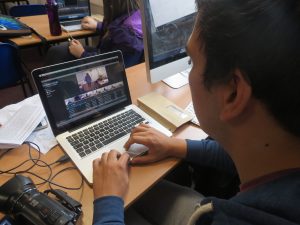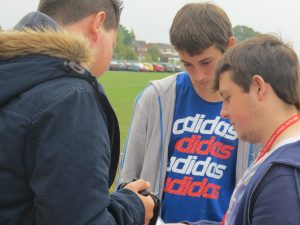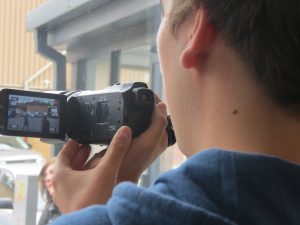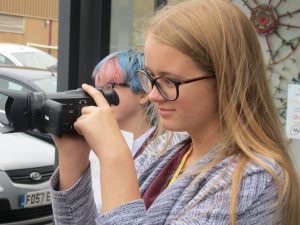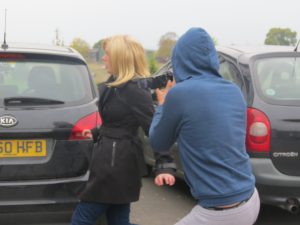Media Studies Course Structure
Introduction
Media studies is a popular choice because it gives you a number of opportunities to analyse and understand the ways in which a variety of media texts, such as magazines, films, newspapers and television programmes, are constructed. Furthermore, you can construct your own media texts such as film trailers, magazine advertisements or websites.
Media students will be following the OCR A Level specification.
A Level Course Structure
Unit 1-Media Messages (Examined – 35%)
Section A – News
You will study two British national newspapers and consider how and why these products are created and how their audiences respond to them. You will have the opportunity to employ textual analysis skills to undertake an in depth study of various news products, from The Daily Mail to The Guardian and their social and participatory media products.
Section B – Media Language and Representation
Over the course of this unit, you will develop the skills to understand and analyse professionally produced advertising and marketing campaigns, music videos and magazines. You will be required to study a variety of texts to analyse representations of events, issues, individuals and social groups. There are three set texts for advertising (the Old Spice, Lucozade and Shelter adverts), one set text for magazine study (The Big Issue) and a choice of two music videos from a list provided by OCR.
Unit 2 – Evolving Media (Examined – 35%)
Section A – Media Industries and Audiences
Section A focuses on media industries and audiences and requires learners to consider how and why media products are constructed across different media forms to reach and address a number of audiences. You will study: The Jungle Book (1967 and 2016), The Radio One Breakfast Show (2017) and the video game, Minecraft, as well as their social and participatory media.
Section B – Long Form Television Drama
Through the study of this topic, you will understand the significance of long form narratives on global television drama. Students will study an episode of US drama Homeland, as well as the non-English language drama The Killing, along with their accompanying websites and social media pages.
Unit 3 – Making Media (Coursework – 30%)
For this unit, you will be taught how to use cameras and editing software that will enable you to produce moving image and still image media texts. You will be given a brief that will require you to plan and produce three linked pieces for a promotional campaign.
Entry Requirements
There is no need to have taken this subject at GCSE level.
Media Person Specification
Our ideal Media students will:
- Be interested in all forms of media, including more traditional formats such as print newspapers and newer, digital media forms
- Be curious about how the media operates, and how different industries produce and distribute their media products
- Keep up to date with current affairs
- Have an interest in the world around them
- Have extremely creative minds, in order to create their own media products
- Enjoy using technology and want to learn how to use creative production software such as Adobe Photoshop
- Enjoy working independently
- Like taking part in discussion and be confident enough to share their ideas
- Be hardworking students who have excellent time-management skills, in order to juggle the extensive level of independent reading, researching, essay writing and practical work that will be set by subject teachers throughout the course
- Want to develop their critical thinking and analytical skills
Many of our Media students often enter into careers in:
- Journalism
- Film/TV production
- Radio
- Video game production
- Digital marketing and advertising
- Public relations
- Web design
- Photography
- Social media management
- Politics

